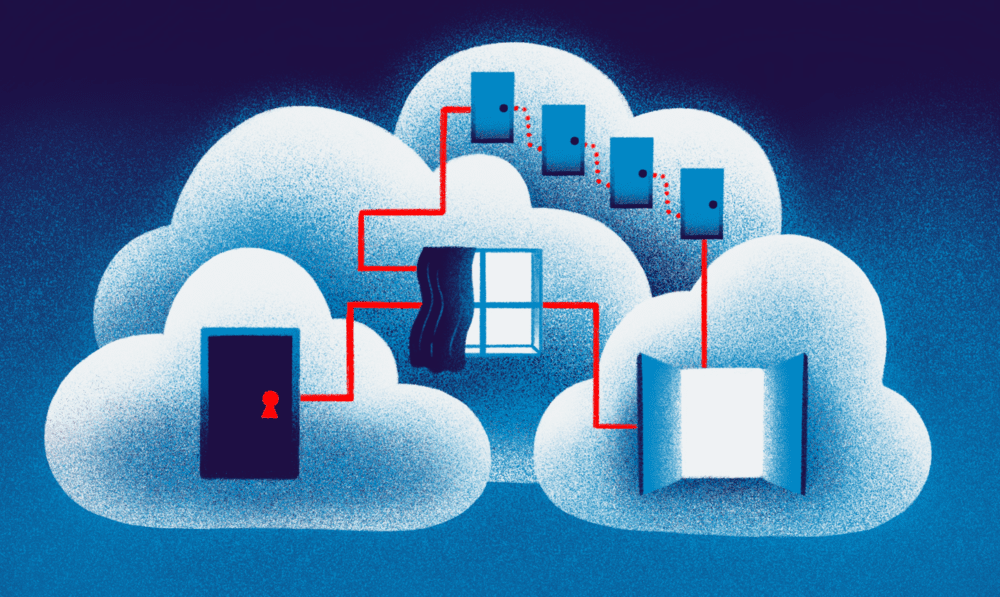Navigating Cloud Compliance: Ensuring Your Data Meets Global Standards

In an era where data breaches regularly make headlines and regulatory requirements become increasingly stringent, ensuring compliance in cloud environments has emerged as a pivotal challenge for businesses. Effective compliance not only safeguards sensitive information but also bolsters a company’s credibility and trust with stakeholders. This blog will explore strategies for aligning cloud deployments with global regulatory frameworks, focusing on the critical role of cloud resource management in achieving compliance.
Understanding the Compliance Landscape
Compliance in the cloud involves adhering to a complex web of regulations that can vary significantly by industry and geography. For businesses operating internationally, this means navigating a mosaic of legal requirements, from the General Data Protection Regulation (GDPR) in the European Union to the Health Insurance Portability and Accountability Act (HIPAA) in the United States, and beyond. Each of these regulations has its own set of rules regarding how data should be handled, processed, and protected.
The first step toward compliance is understanding which regulations apply to your business and the specific requirements of each. This can be daunting, but it’s essential for setting up a compliance framework that integrates seamlessly with your cloud operations.
Building a Compliance-Friendly Architecture
To meet the varied requirements of global regulations, businesses must design their cloud architecture with compliance in mind. This includes selecting the right cloud service providers (CSPs) and configuring cloud resources to meet specific regulatory standards. Here are a few considerations:
Data Localization: Some regulations require that data be stored within certain geographical boundaries. Ensure your CSP offers data center locations that comply with these requirements.
Data Protection Measures: Implementing robust encryption methods for data at rest and in transit, alongside other security measures like multi-factor authentication and access controls, is crucial for protecting sensitive information and meeting compliance standards.
Audit-Ready Reporting: Choose cloud solutions that provide detailed activity logs and reporting tools. These features are invaluable during audits, as they enable you to prove compliance through clear documentation of data handling and security measures.
Leveraging Cloud Resource Management for Compliance
Effective cloud resource management is central to maintaining compliance in cloud environments. By managing resources judiciously, businesses can ensure that they use the cloud in ways that meet regulatory requirements without sacrificing efficiency or performance. Here’s how:
- Automated Compliance Checks: Utilize tools that automatically check configurations and deployments against compliance standards. These tools can identify non-compliant resources or actions and alert administrators to take corrective measures.
- Consistent Policy Enforcement: Apply uniform security policies across all cloud resources. Consistency in policy enforcement helps prevent lapses that could lead to compliance failures.
- Regular Reviews and Adjustments: Compliance is not a one-time setup. Regularly review cloud deployments and adjust policies and resources as regulations change or as your business expands into new markets with different compliance obligations.
Training and Awareness: The Human Element
While technology plays a crucial role in achieving compliance, human factors are equally important. Employees must understand the importance of compliance and how to handle data correctly to avoid breaches that could lead to non-compliance.
- Regular Training Sessions: Conduct training sessions to keep staff updated on the latest regulatory requirements and compliance strategies.
- Engagement and Communication: Create a culture of compliance by encouraging open communication about compliance challenges and solutions. Engage employees in discussions about improving compliance practices and make them feel a part of the effort.
Navigating Global Compliance with Strategic Partnerships
For many businesses, especially small to medium-sized enterprises, navigating the complex world of cloud compliance can be overwhelming. Forming strategic partnerships with experienced CSPs and compliance consultants can provide the expertise needed to navigate these waters effectively. These partners can offer insights into the latest regulatory developments and help tailor cloud solutions to meet these demands.
Conclusion: Compliance as a Competitive Advantage
In today’s global marketplace, compliance is not just a legal obligation but a competitive advantage. A robust approach to cloud compliance enhances trust with customers, partners, and regulatory bodies. By integrating cloud resource management with comprehensive compliance strategies, businesses can ensure that their cloud deployments are not only efficient and scalable but also fully compliant with the necessary legal standards. Achieving this balance is key to leveraging the full potential of cloud technologies while maintaining a strong stance on data security and regulatory compliance.





